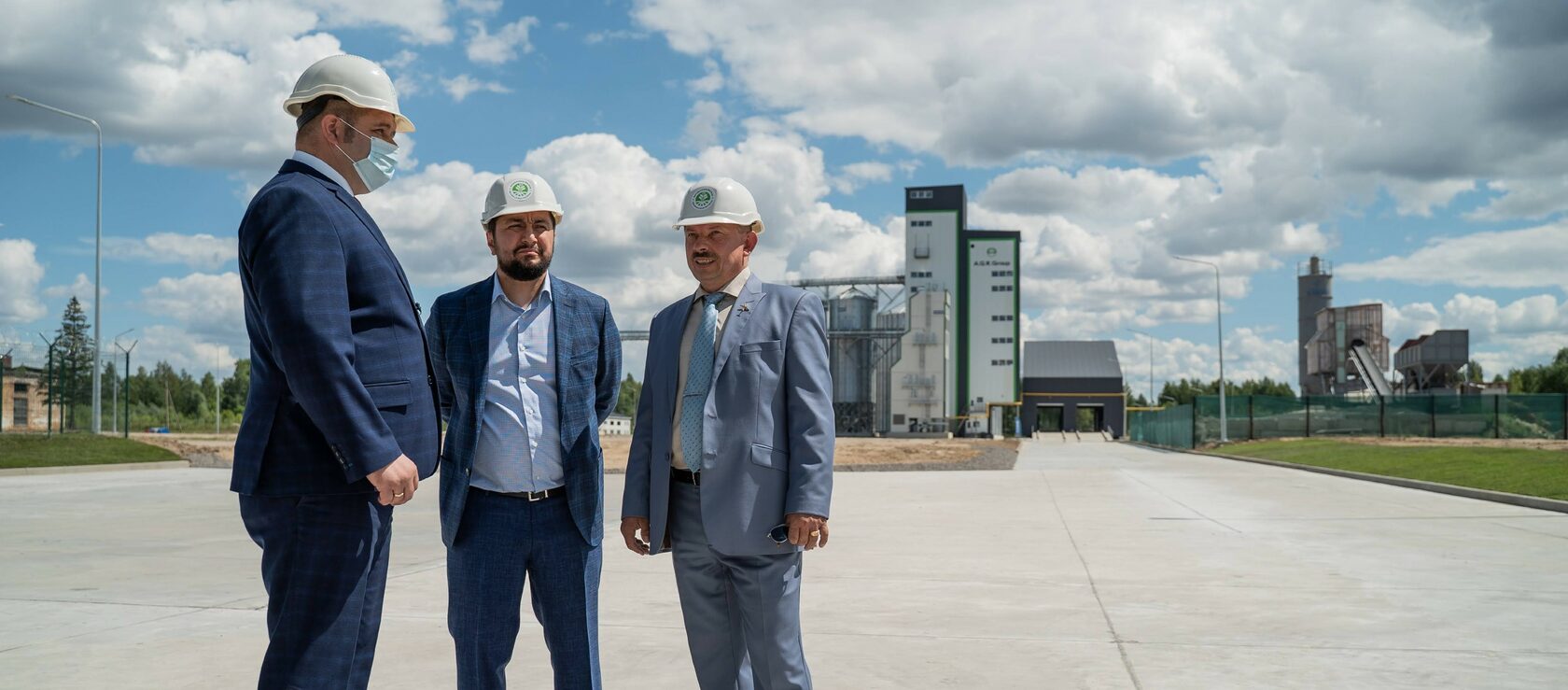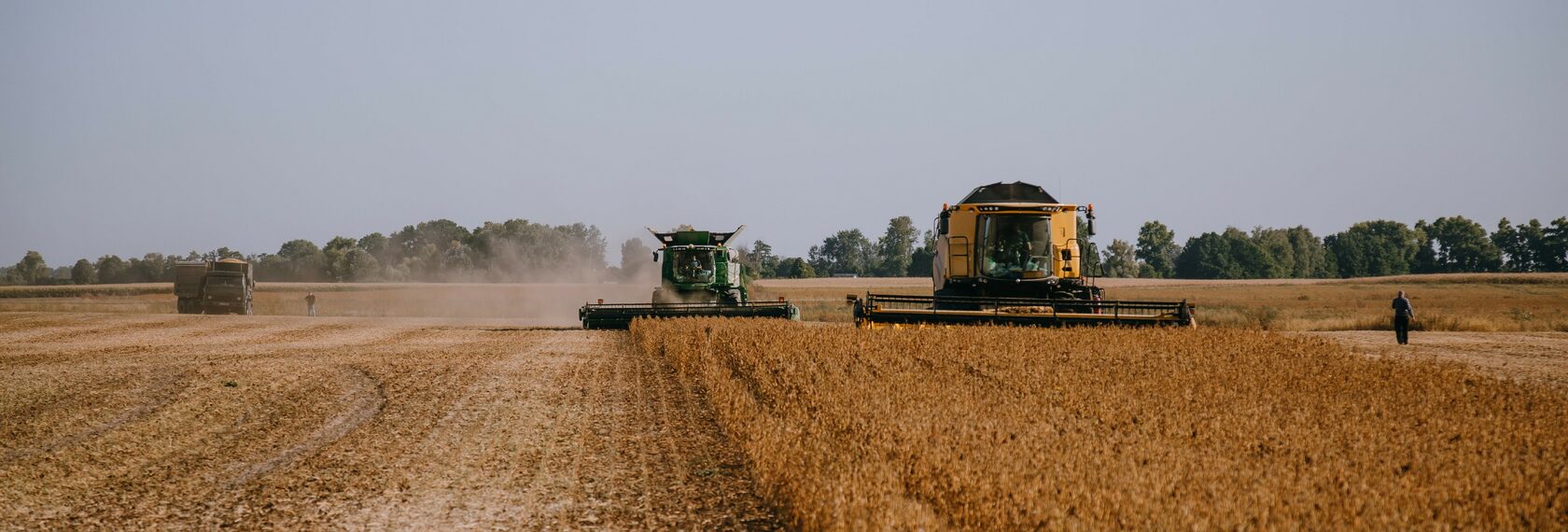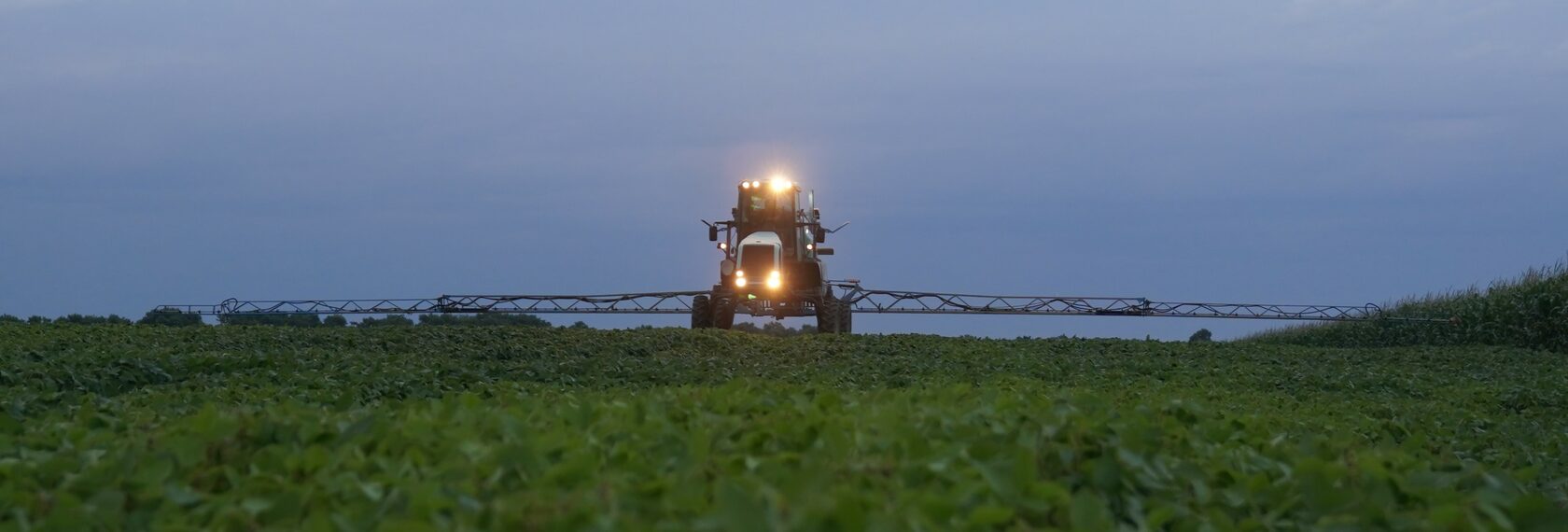This year, the core tasks the holding's management faces include increasing the land bank, constructing the irrigation system in the fields in Kherson region, purchasing new machinery and introducing new technologies, acquisition and constructing new elevator storage facilities. Investment projects are elaborated for each of these tasks.



